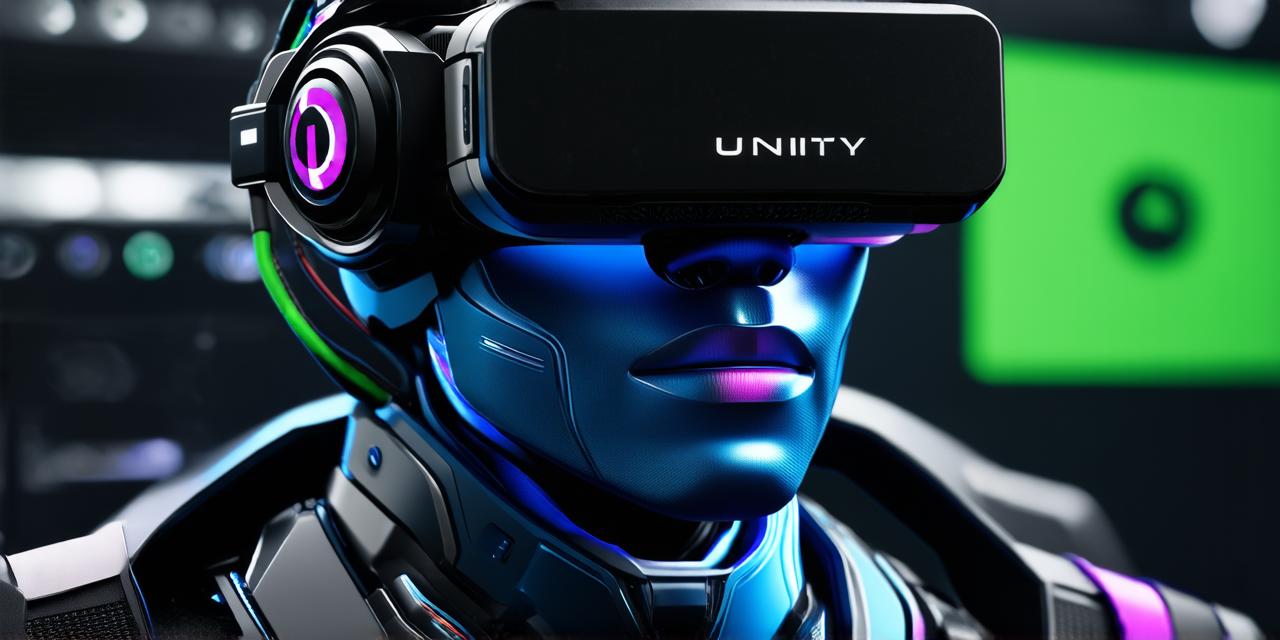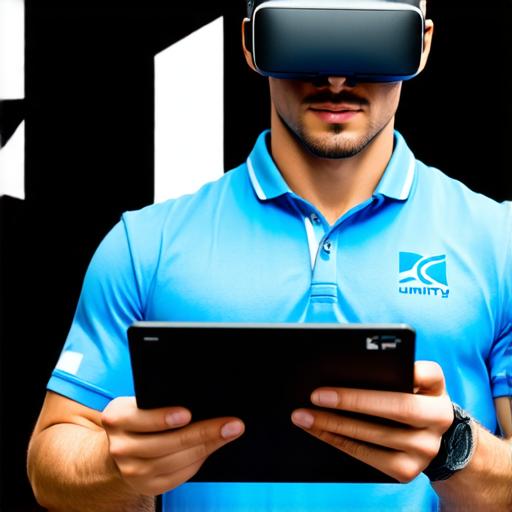
Are you looking to create a 3D game using Unity 2020? Look no further! In this article, we will guide you through the process of creating your own game from scratch, using Unity’s powerful tools and features. We’ll cover everything from setting up your project to adding graphics, sound effects, and more.
Step 1: Setting up your project
The first step in creating a 3D game is to set up your project in Unity. To do this, follow these steps:
- Download and install Unity from the official website (https://unity.com/get-unity).
- Open Unity and create a new project by clicking on “File” in the top menu bar and selecting “New Project”.
- Choose a template for your game, such as 3D Object or 2D Sprite. This will provide you with some basic assets and scripts to get started with.
- Give your project a name and choose a location to save it.
- Click “Create Project” to create your new Unity project.
Step 2: Adding graphics and sound effects
Once you have your project set up, the next step is to add graphics and sound effects to bring your game to life. To do this, follow these steps:
- In the “Assets” folder in the Project window, click on the “Import Package” button.
- Choose a package of graphics and sound effects that you want to use in your game. You can find many free and paid packages online, or create your own assets using tools like Blender or Photoshop.
- Drag the assets into the “Assets” folder in the Project window. Unity will automatically import them into the project.
- In the “Hierarchy” view, drag the graphics and sound effects onto the game objects where you want them to appear. For example, if you have a character model, you can drag the character’s texture onto the character object in the Hierarchy.
- To add sound effects, you’ll need to create an audio clip and attach it to a game object. To do this, right-click on the game object in the Hierarchy and select “Audio” > “Audio Clip”. Then, drag the audio file onto the audio clip component.
Step 3: Adding scripts and game logic
Now that you have your graphics and sound effects added, it’s time to start adding scripts and game logic to make your game interactive. To do this, follow these steps:
- In the “Assets” folder in the Project window, click on the “Create” button and select “C Script”.
- Give your script a name and add it to the “Assets” folder.
- Open the script in your favorite code editor and start writing the game logic. This could include things like movement controls, collision detection, and AI behavior.
- To attach the script to a game object, select the game object in the Hierarchy view and go to the “Inspector” window. Click on the “Add Component” button and search for the script you just created. Drag the script onto the game object.
- Once you’ve added your scripts, you can use the Unity Editor to test and debug your game logic. You can also use the built-in debugger tools to step through your code and see how it’s executing.

Step 4: Adding animation and visual effects
To add more depth and interactivity to your game, you may want to include animation and visual effects. Unity has a powerful animation system that allows you to create complex animations for your characters and objects. To add animation to your game, follow these steps:
- In the “Assets” folder in the Project window, click on the “Create” button and select “Animation”.
- Give your animation a name and add it to the “Assets” folder.
- Use the Animation window in Unity to create your animation. You can create keyframes for your character’s movements and add timelines to control when the animations play.
- To attach your animation to a game object, select the object in the Hierarchy view and go to the “Animator” component in the Inspector window. Drag and drop your animation onto the component.
- You can also use Unity’s visual effects system to add particle effects, lighting, and other special effects to your game. To do this, click on the “Visual Effects” button in the Assets folder and create a new effect. Then, use the Visual Effects window to customize the effect and attach it to your game object.
Step 5: Publishing and sharing your game
Once you’ve finished creating your game, you can publish and share it with others. To do this, follow these steps:
- In the “Build Settings” window in Unity, select the platform you want to build for (such as PC, Mac, or mobile).
- Choose a build settings preset that best suits your needs. You can customize the preset to include things like optimizations, encryption, and support for multiple languages.
- Click the “Build” button to create your game build. This will generate a standalone file that you can distribute to others.
- If you want to share your game on a platform like Steam or the App Store, you’ll need to follow the platform’s submission guidelines and upload your game build along with any required metadata (such as screenshots and descriptions).
- Once your game is live, you can promote it through social media, gaming communities, and other channels to reach a wider audience.
Overall, creating a 3D game using Unity 2020 is a complex process that requires creativity, technical skills, and a lot of hard work. But with the right tools and resources, anyone can create a fun and engaging game that showcases their imagination and skill.

